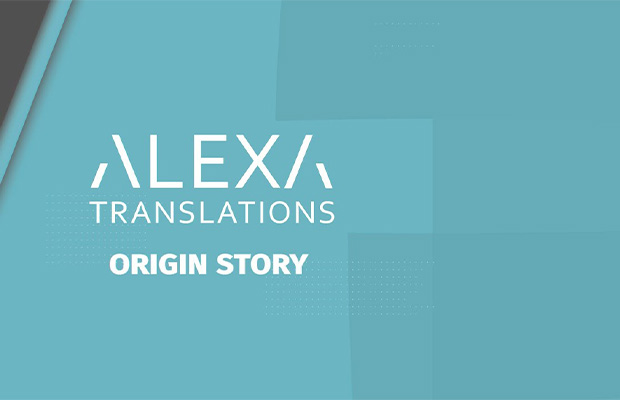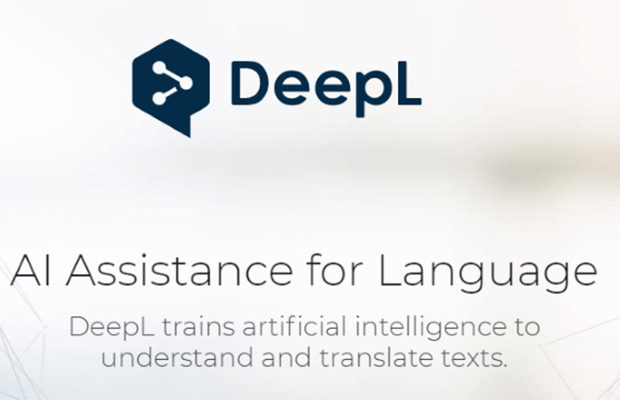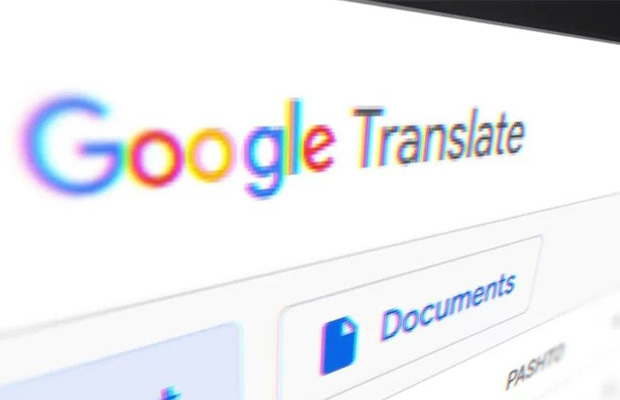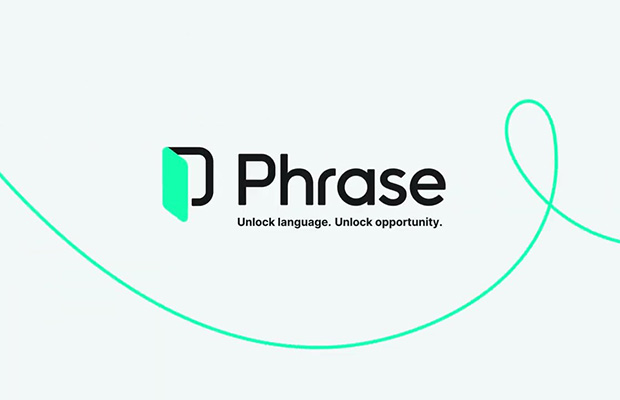If you need to sift through a large amount of content in foreign languages, artificial intelligence translation tools is your best bet.
The translation industry is being completely transformed by artificial intelligence, which is evolving at an extraordinary rate.
The translation industry is not an exception to the way the world is changing, which can be seen everywhere. Nevertheless, a large number of translators stay current with trends in machine translation and incorporate AI tools into their day-to-day work.
Hence, we decided to recommend some of the most popular translation tools:
- 1. Alexa Translations
- 2. DeepL Translator
- 3. Sonix
- 4. Taia
- 5. Smartling: Language Translation and Content Localization Solutions
- 6. Mirai Translate
- 7. Google Translate
- 8. Stepes
- 9. Phrase
- 10. Fluently
Let’s go over each tool’s advantages and disadvantages one at a time.
Table of Contents
Best Machine Translation Tools to Use in 2023
1. Alexa Translations

The best in the business for translating documents in the legal, financial, marketing, technical, and governmental sectors, Alexa Translations has been providing language services since 2002.
The speed of this AI translator’s translations is unmatched, and it offers its users individualized, first-rate machine learning services. Surprisingly, the services of a human translator are perfectly integrated with those of this translator. One secure method of translating private texts is through this.
Pros:
- Translates up to 100 documents in seconds
- Can be used to translate web content
- Client-specific results are offered
Cons:
- Only specialized for Canadian legal systems
2. DeepL Translator

DeepL, frequently referred to as the best machine learning translator in the world, is a quick and precise translator that excels at text-to-text translations. The user has a fair amount of control over the automatic translation thanks to the ability to modify the translations. The AI technology retains the formatting of the original document, further enhancing the translator’s appeal and saving a ton of time.
Pros:
- approximately 26 different languages are translated.
- No limits on texts to be translated
- Windows extension is available
Cons:
- Only available in select countries
3. Sonix
Try Sonix if you’re looking for a reliable automated audio translator. You can have your content translated into more than 30 languages using an in-browser editor that enables users to search, edit, play, and organize files. If you’re a maker of video content and require a reliable transcriber and interpreter, Sonix can help. Their service will make your material more interesting and accessible.
Pros:
- Grants 30 minutes of free transcription
- Automated conversion of audio and subtitling
- Available in 40+ languages
Cons:
- Has difficulty picking up certain languages
4. Taia
You can get an accurate translation in nearly 97 languages from Taia with the aid of AI technology and qualified translators. The translations are carried out manually by humans using machine translation to speed up the process rather than leaving everything to artificial intelligence (AI). You just need to upload the content to the platform designated for this, there’s no need to mail anything or install any programs. Additionally, Taia provides a free instant rate estimate without any additional costs.
Pros:
- Translation in almost 97 languages
- Combination of human translators and machine learning technology
- No hidden fees
Cons:
- Can fall on the pricier side
5. Smartling: Language Translation and Content Localization Solutions
Smartling is a translation management service that you should consider if you want clever, centralized, and end-to-end results because it partners with world-class businesses. Smartling has a comprehensive set of features and functions to make language translation easier, frequently reducing the manual work that CMS connectors must do. The cloud-based platform for the AI translator has everything necessary to make sure that your team is free to focus on what they do best.
Pros:
- Context window to view how the translation can be used in real life
- Stellar customer support
- Gives accurate predictive insights
Cons:
- Separate software needs to be downloaded
6. Mirai Translate
Large companies frequently use Mirai, a neural machine translation system. Because it supports a wide range of file formats and is multilingual, Mirai boosts the efficiency and speed of translation procedures. Speech translation is supported by this cloud-based API vendor service. A human translator with a TOEIC score of 960 is said to have accuracy that is comparable to that of this machine learning translator.
Pros:
- Models developed for sector-specific translation
- Acquired ISO 27017 certification for cloud machine translation in Japan
- Supports various file formats
Cons:
- Complicated for simple everyday translation
7. Google Translate

On this list, this must be the AI translation tool that receives the most usage. In fact, Google Translate is so similar to an AI translator that it is almost imperceptible. The popularity of this translator was built on its ability to respond quickly and without charge. Over a hundred languages can be translated efficiently and affordably. Google Translate can be relied on to provide accurate translations because native speakers helped train the AI algorithm.
Pros:
- Easy to use and access
- Verified translations
- Free to use
Cons:
- The AI algorithm fails to take the context of the content into account when translating from some languages.
8. Stepes
For genuine and significant machine learning translation, Stepes offers a variety of AI-powered translational services. Stepes has patented online and mobile translation technology that enables it to provide quality translations continuously. This translation company has a well-established reputation and serves the top Fortune 500 companies. Stepes has the first human translation app in the world to remove language barriers globally, and they provide their services in over 100 languages and across six continents.
Pros:
- Available on six continents and in 100 languages
- Suited for business translations
- Offers services on all devices
Cons:
- Not for users looking for free automatic translators
9. Phrase

Phrase is the company you need if you want to accelerate your international expansion. Previously known as PhraseApp, it offers a range of integration options. The program’s API is made to import and download local files, tag keys, or engage with the localization data in various ways. In-context Editor, Glossary, Translation Memory, and SmartSuggest are among the additional features that it has to increase translation accuracy.
Pros:
- Excellent for localization
- Trusted by world-renowned brands
- Has a Translation Editor for improved accuracy
Cons:
- Has an interface that is tricky to learn
10. Fluently
If you want to get better at writing in a foreign language, use Fluently as your writing tool. This application is a distraction-free online editor that includes a multilingual translator, grammar checker, and synonyms database. Fluently, the fifth-most-voted product in 2020, allows users to compare the results side by side while displaying translation errors and errors in real-time.
Pros:
- An editor with amenities such as a multilingual translator
- Formatting remains untouched
- Includes multilingual synonym library
Cons:
- Supports only around 21 languages
What is An AI Translation Tool?
The automated translation of one language into another is known as machine translation, or MT. Software that uses machine translation transforms text from one language into another and creates an equivalent passage in the target language. Machine translation is not always of high quality because different programs produce translations that are more accurate than others.
You May Also Like: Branches of Artificial Intelligence
How is AI Used in Translation?
Neural machine learning is the most recent technology used in language translation software. While translation is being done, it predicts, converts, and evaluates the precise words or phrases from its database. It is extremely unlikely that such translation management systems will produce inaccurate translations.
Conclusion on Artificial Intelligence Translation Tools
In this article, AI Magazine examines enterprise AI translation services that enable businesses all over the world to communicate with potential customers in their own language. Alexa Translations or DeepL Translator are both useful tools you can choose.
It is accurate to say that current technology has some flaws. There are still errors in translation. A series of humorous posts on social media may result from tools’ inability to comprehend the linguistic context.
However, all you need to do is edit the text that the AI translation produced in order to make it more palatable to your intended audience. You will spend less time on technical issues and be more focused on giving the copy a human touch as a result.
You May Also Like: Artificial Intelligence In The Insurance Industry

